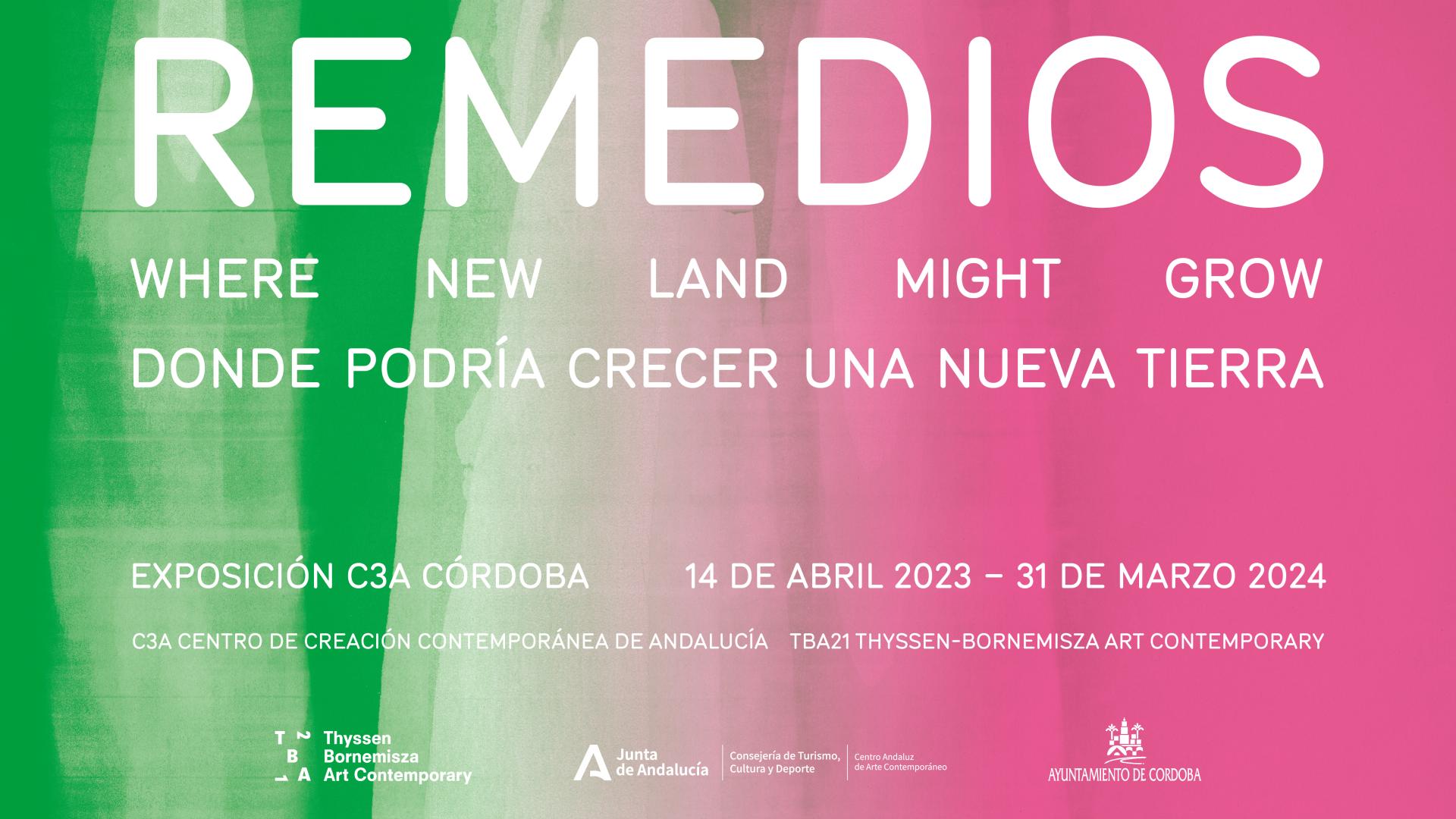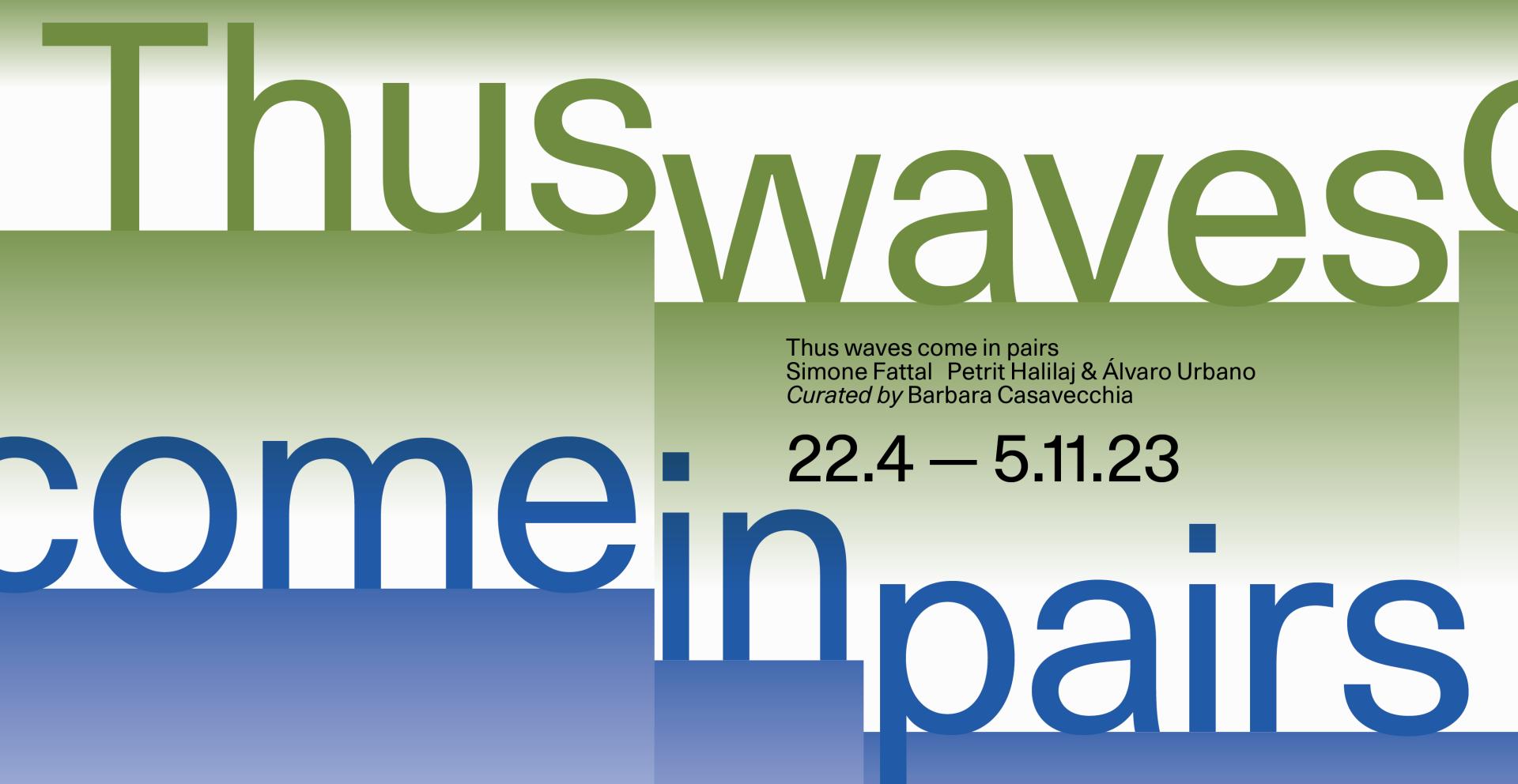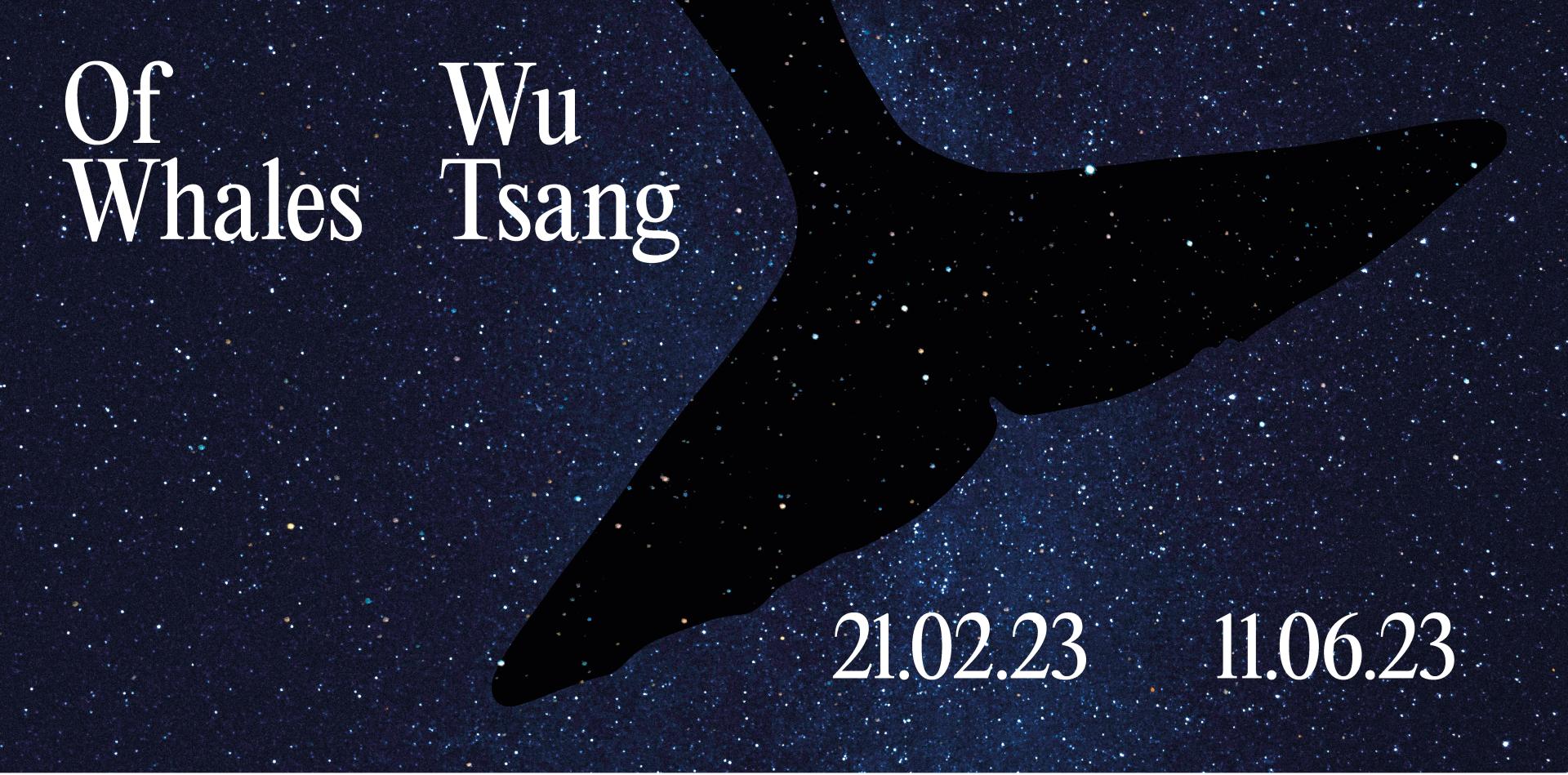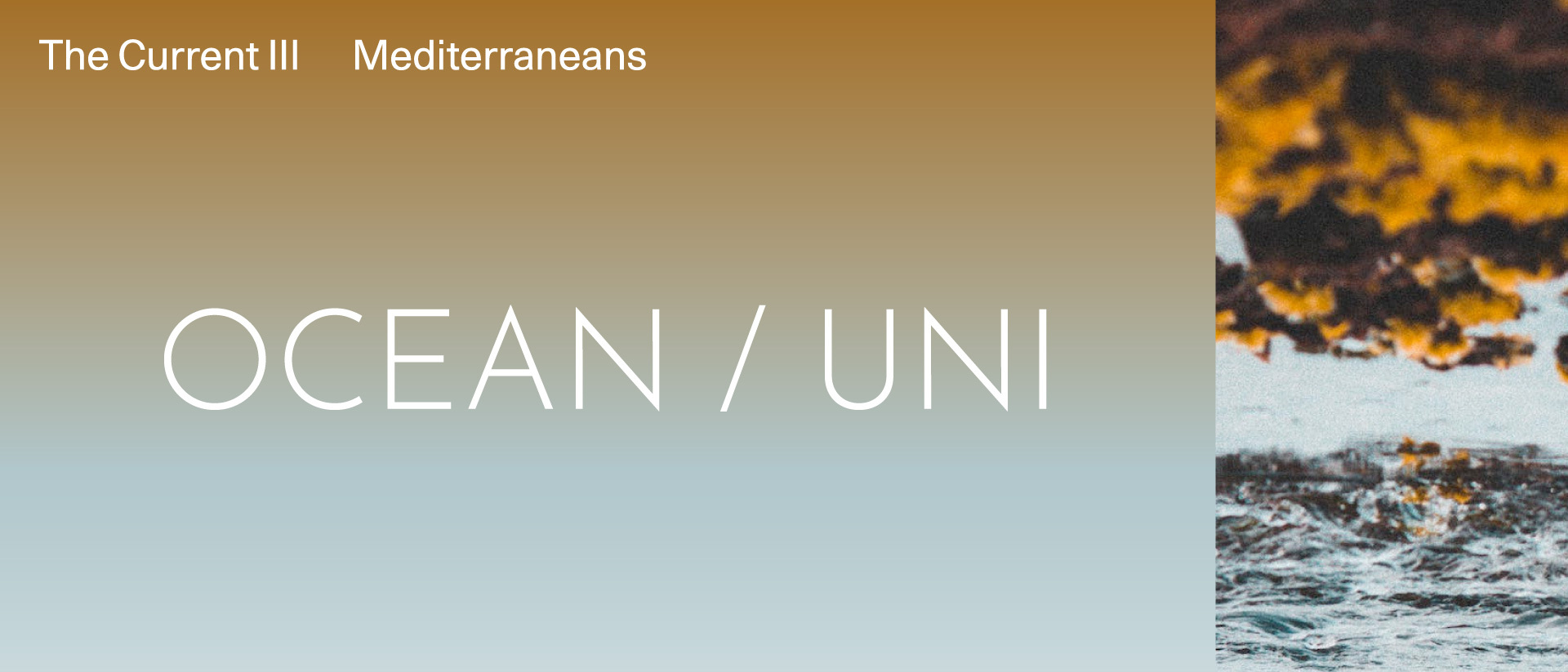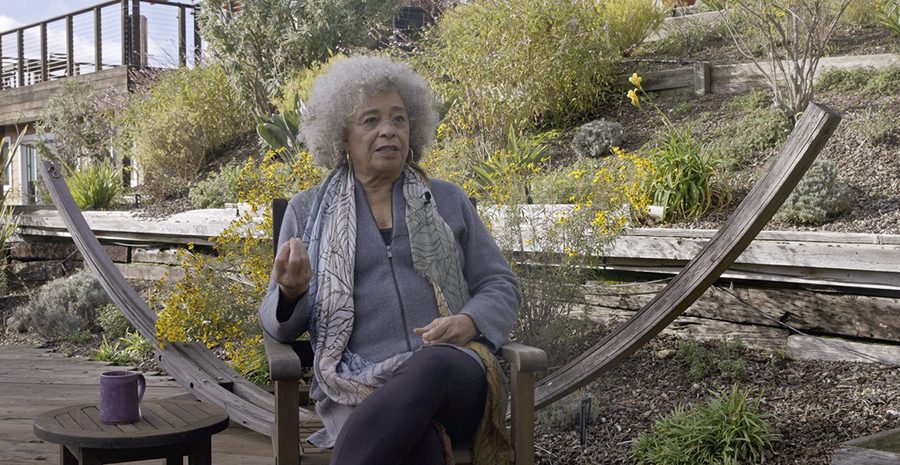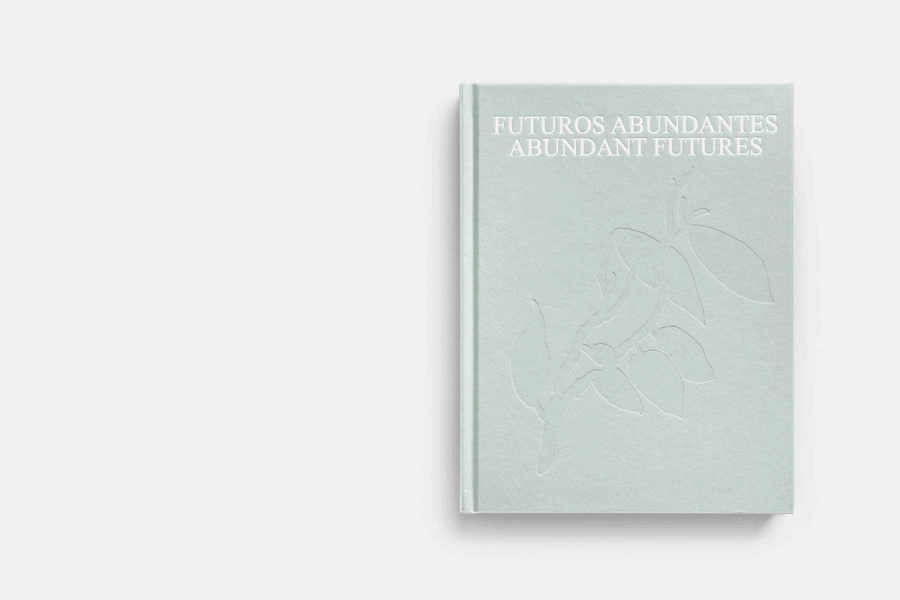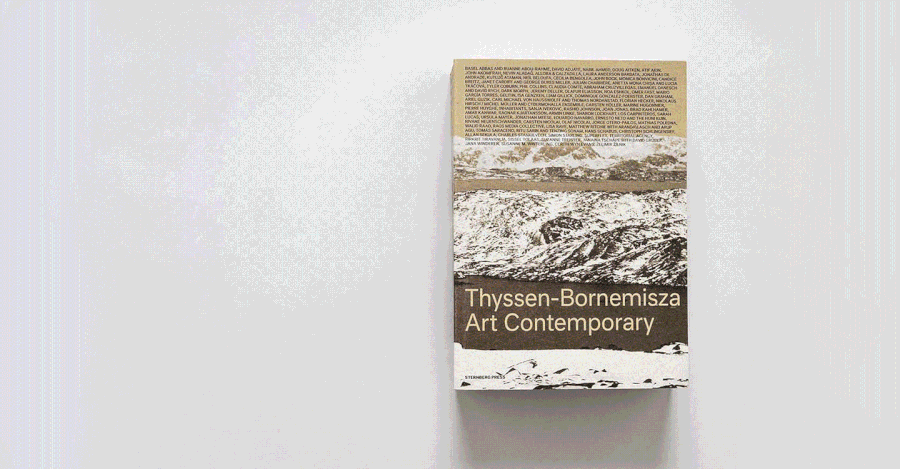Mineral Cartographies (Northern, Eastern, Southern, and Western Hemisphere), 2018-2019
Elena Damiani
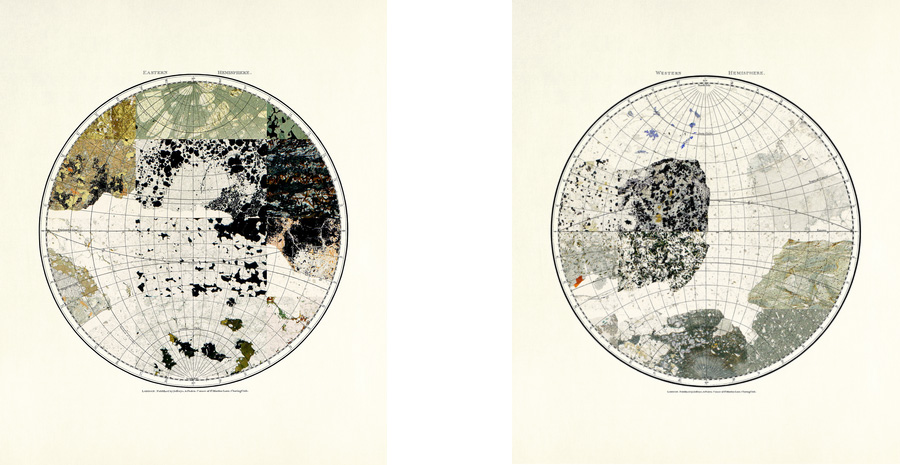
Elena Damiani, Mineral Cartographies (Eastern Hemisphere), 2018
Mineral Cartographies (Western Hemisphere), 2018
Mineral Cartographies (Western Hemisphere), 2018
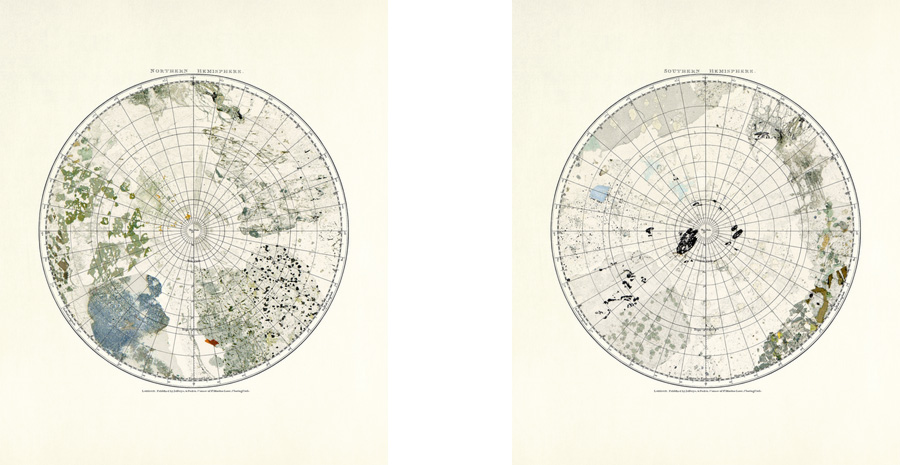
Elena Damiani, Mineral Cartographies (Northern Hemisphere), 2019
Mineral Cartographies (Southern Hemisphere), 2019
Mineral Cartographies (Southern Hemisphere), 2019
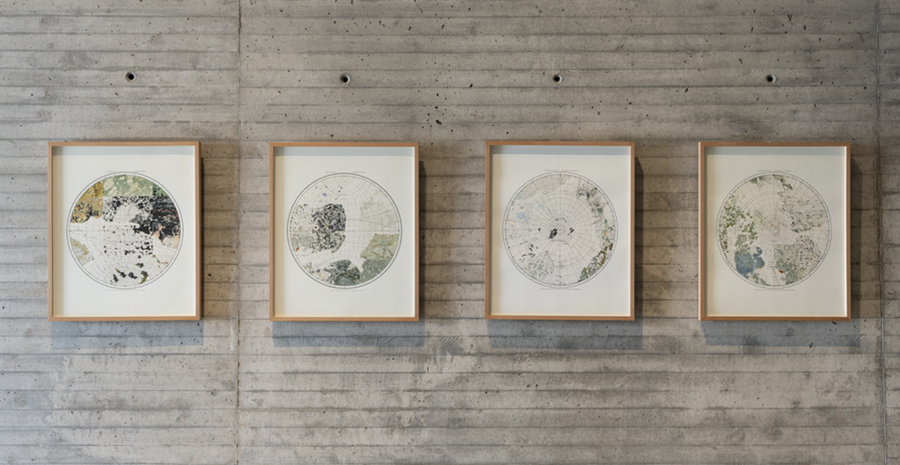
Installation view: Abundant Futures. Works from the TBA21 Collection, Centro de Creación Contemporánea de Andalucía C3A, Córdoba, Spain, 2022
Photo: Roberto Ruiz
Photo: Roberto Ruiz
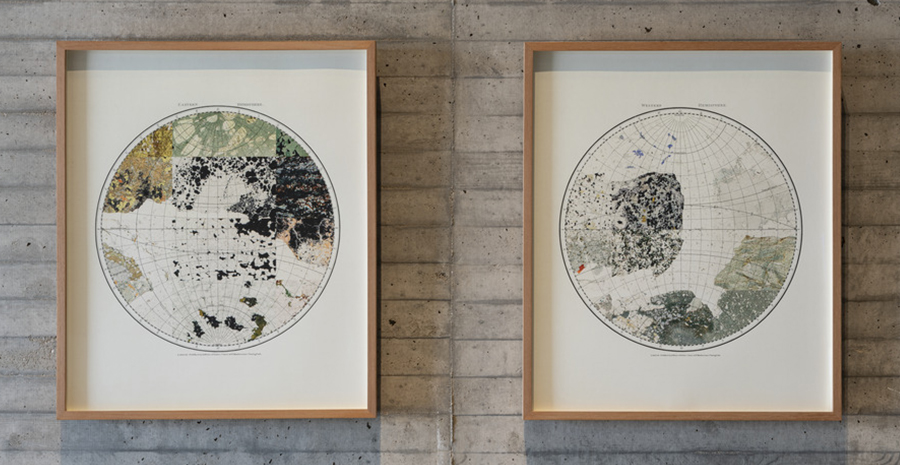
Installation view: Abundant Futures. Works from the TBA21 Collection, Centro de Creación Contemporánea de Andalucía C3A, Córdoba, Spain, 2022
Photo: Roberto Ruiz
Photo: Roberto Ruiz
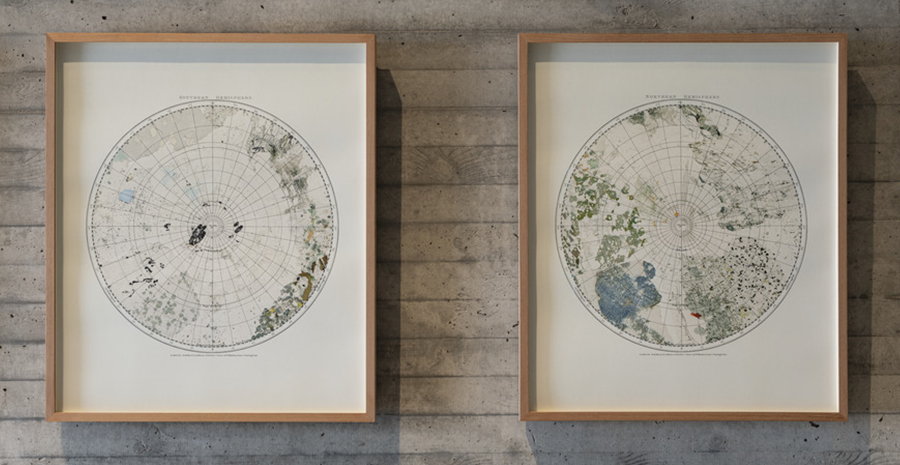
Installation view: Abundant Futures. Works from the TBA21 Collection, Centro de Creación Contemporánea de Andalucía C3A, Córdoba, Spain, 2022
Photo: Roberto Ruiz
Photo: Roberto Ruiz
Collection
Loans
Giclée print on cotton paper
74.2 x 62 cm (framed)
For Peruvian artist Elena Damiani, geology reveals the memory of the Earth. Her most recent work explores the vitality of the lithosphere, which consists of the mineral crust of the planet, and challenges longstanding and even enduring assumptions of geological permanence. To convey this idea, Damiani creates collages with archival imagery and found maps, referring to geological features and the way they connect to the biosphere, to its material and energy structure.
Mineral Cartographies investigates the role of Aeolian forces, which transport mineral particles from desert regions to remote locations, the erosion they cause on the Earth’s surface, and the resulting transportation of dust particles through continents. Named after Aeolus, the keeper of winds in the Odyssey, Aeolian processes move dusty clouds from the Sahara Desert to settle many kilometers away, nourishing the Amazonian basin; particles from the Gobi Desert end up in Korea and Japan, while the sandy Sirocco winds influence Southern Europe. These natural processes evidence how interconnected the different regions of the planet are and help us understand Earth as one single entity, always in motion and transformation, regardless of geographical divisions. The original maps used in Mineral Cartographies were part of an atlas titled Geographic Exercises, which was published in London in 1775. They were drawn as an educational tool for geography students to complete the blank spaces within the given gridlines and borders. On these, Damiani overlays microphotographs of sliced minerals, composing a mosaic-like territory, familiar because of the known coordinates but imaginary at the same time, inviting viewers to reconnect with the mineral richness of Earth.
PAST LOANS
Group exhibition: Abundant Futures
Venue: C3A Centro de Creación Contemporánea de Andalucía, Córdoba
Curator: Daniela Zyman
April 1, 2022 - March 5, 2023
74.2 x 62 cm (framed)
For Peruvian artist Elena Damiani, geology reveals the memory of the Earth. Her most recent work explores the vitality of the lithosphere, which consists of the mineral crust of the planet, and challenges longstanding and even enduring assumptions of geological permanence. To convey this idea, Damiani creates collages with archival imagery and found maps, referring to geological features and the way they connect to the biosphere, to its material and energy structure.
Mineral Cartographies investigates the role of Aeolian forces, which transport mineral particles from desert regions to remote locations, the erosion they cause on the Earth’s surface, and the resulting transportation of dust particles through continents. Named after Aeolus, the keeper of winds in the Odyssey, Aeolian processes move dusty clouds from the Sahara Desert to settle many kilometers away, nourishing the Amazonian basin; particles from the Gobi Desert end up in Korea and Japan, while the sandy Sirocco winds influence Southern Europe. These natural processes evidence how interconnected the different regions of the planet are and help us understand Earth as one single entity, always in motion and transformation, regardless of geographical divisions. The original maps used in Mineral Cartographies were part of an atlas titled Geographic Exercises, which was published in London in 1775. They were drawn as an educational tool for geography students to complete the blank spaces within the given gridlines and borders. On these, Damiani overlays microphotographs of sliced minerals, composing a mosaic-like territory, familiar because of the known coordinates but imaginary at the same time, inviting viewers to reconnect with the mineral richness of Earth.
PAST LOANS
Group exhibition: Abundant Futures
Venue: C3A Centro de Creación Contemporánea de Andalucía, Córdoba
Curator: Daniela Zyman
April 1, 2022 - March 5, 2023
FIND MORE
Elena Damiani, Madeline Murphy Turner, "The Fractured World: A Conversation with Elena Damiani," MoMa Magazine, 2020
Kathryn Yusoff, A Billion Black Anthropocenes or None, University of Minnesota Press, 2019
Emma Critchley, "Common Heritage," video essay, teaser on Ocean-Archive.org, 2019
Armando Azua-Bustos et al., “Aeolian transport of viable microbial life across the Atacama Desert, Chile: Implications for Mars”, in Sci. Rep. 9 (2019): 11024.
Elizabeth A. Povinelli, "Geontologies: The Concept and Its Territories," e-flux journal, Issue #81, 2017
Adrian Lahoud, “Nomos and Cosmos,” e-flux journal, Issue #65, 2015
Sujith Ravi et al., “Aeolian processes and the Biosphere”, in Reviews of Geophysics 49 (2011)
earth.nullschool.net
Kathryn Yusoff, A Billion Black Anthropocenes or None, University of Minnesota Press, 2019
Emma Critchley, "Common Heritage," video essay, teaser on Ocean-Archive.org, 2019
Armando Azua-Bustos et al., “Aeolian transport of viable microbial life across the Atacama Desert, Chile: Implications for Mars”, in Sci. Rep. 9 (2019): 11024.
Elizabeth A. Povinelli, "Geontologies: The Concept and Its Territories," e-flux journal, Issue #81, 2017
Adrian Lahoud, “Nomos and Cosmos,” e-flux journal, Issue #65, 2015
Sujith Ravi et al., “Aeolian processes and the Biosphere”, in Reviews of Geophysics 49 (2011)
earth.nullschool.net
Born in Lima, Peru, in 1979. Lives in Lima, Peru.



